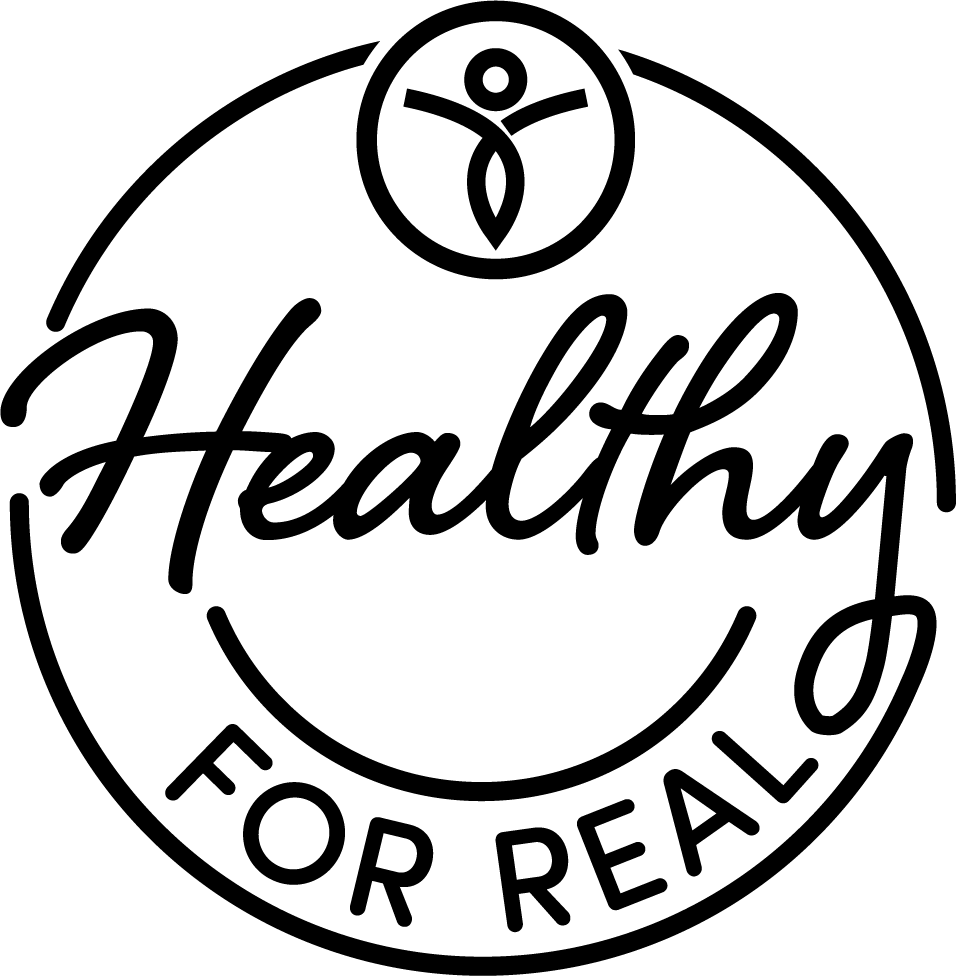Understanding Portion Control for Sustainable Weight Loss
Portion control is a crucial element of a balanced diet and sustainable weight loss. However, it often seems like a complex and daunting task. This blog post aims to demystify portion control, provide practical advice, and outline the benefits of mindful eating. Let's dive in!
The Deception of Portion Sizes
It’s not your fault if you feel confused about portion sizes. We can’t learn, decide or understand what our own unique bodies need by comparing what we eat to our husbands, partners, kids, or co-workers. We have to eat what works for us. We certainly cannot rely upon the media or the portions at restaurants to determine what and how much we should eat.
Food in our society has been glamorized and glorified in a very similar way to how cigarettes were back in the day. The truth is, there is ONE purpose for food -- to keep you alive. This doesn’t mean we can’t enjoy our food -- I absolutely love my dark chocolate and have a hard time resisting crispy french fries. However, we often overdo it, and that’s something we need to address.
The Role of Calories
Calories play a crucial role in weight loss because they directly affect the number of calories you consume. Weight loss occurs when you consistently consume fewer calories than your body expends, creating a calorie deficit. It is essentially a matter of calories in versus calories out.
Generally speaking, most women should eat approximately 1600 - 2200 calories each day. If you eat 3 meals and no snacks, that would look like this:
Breakfast: 667 calories
Lunch: 667 calories
Dinner: 667 calories
A Visual Guide to Calories
Creating accurate visual expectations for our eyes is essential to weight loss, proper portion control, sustainability, and overall happiness. If we expect that a heaping pile of pasta is only 300 calories when actually it's 1,200, we'll be disappointed when we portion out 300 calories and see how small it is!
Measurements and Mindful Eating
Measuring and weighing food can be incredibly helpful when losing weight. However, it can also be tedious, time-consuming, and exhausting. The reason that measuring and weighing your food is so helpful is that you gain an enormous amount of knowledge about appropriate portion sizes and calories. By measuring and weighing, you gradually learn to "eyeball" portion sizes and calories, which is incredibly helpful for sustainable, long-term, real-life healthy eating.
A Complete Plate
Making these the primary focus of your plate does not mean you have to avoid any and all crackers, ice creams, cookies, muffins, pancakes, sugars, so-called “junk food” etc. But making sure you have a balanced plate is essential to achieve fullness and optimal nutrition. For each meal, take a look at your plate and make sure you have representation from all of the above food groups. Here are the 5 elements:
Complex carbs
Protein
Veggies / Greens
Healthy Fat
Flavor
Real Food Examples
Let’s say we have 3 meals each day at approximately 667 calories each. That would look like:
Breakfast: Coffee, 1 Tbsp coffee creamer, 2 small tortillas, 2 eggs
Lunch: 5 oz chicken, 1 cup white rice, Side of broccoli
Dinner: 5 oz steak, 1 medium baked potato, 3 Tbsp A1 sauce, 10 pieces of asparagus
Habits for Mindful Eating
Where you eat and how you eat are just as important as what you eat. Do not multitask while eating. Put down the phone and the computer. Make sure you take time to eat, focus on what you're eating, grab a plate and properly plate and arrange your food, sit down, use a utensil. These habits will make a significant difference in your journey towards mindful eating and portion control.
Understanding Portion Size and Serving Size
The terms "portion size" and "serving size" are often used interchangeably, but they have slightly different meanings in the context of nutrition and food consumption. A portion size refers to the amount of food that an individual chooses to eat in one sitting. It is subjective and can vary widely based on personal preferences, hunger level, and eating habits.
A serving size, on the other hand, is a standardized measurement determined by food manufacturers or regulatory bodies and is typically provided on food labels. It represents the recommended or typical amount of food that is considered as one serving. Serving sizes are intended to provide a consistent reference point for comparing the nutritional content of similar food products.
Understanding the difference between portion size and serving size is crucial for making informed decisions about your diet and managing your calorie intake effectively.

